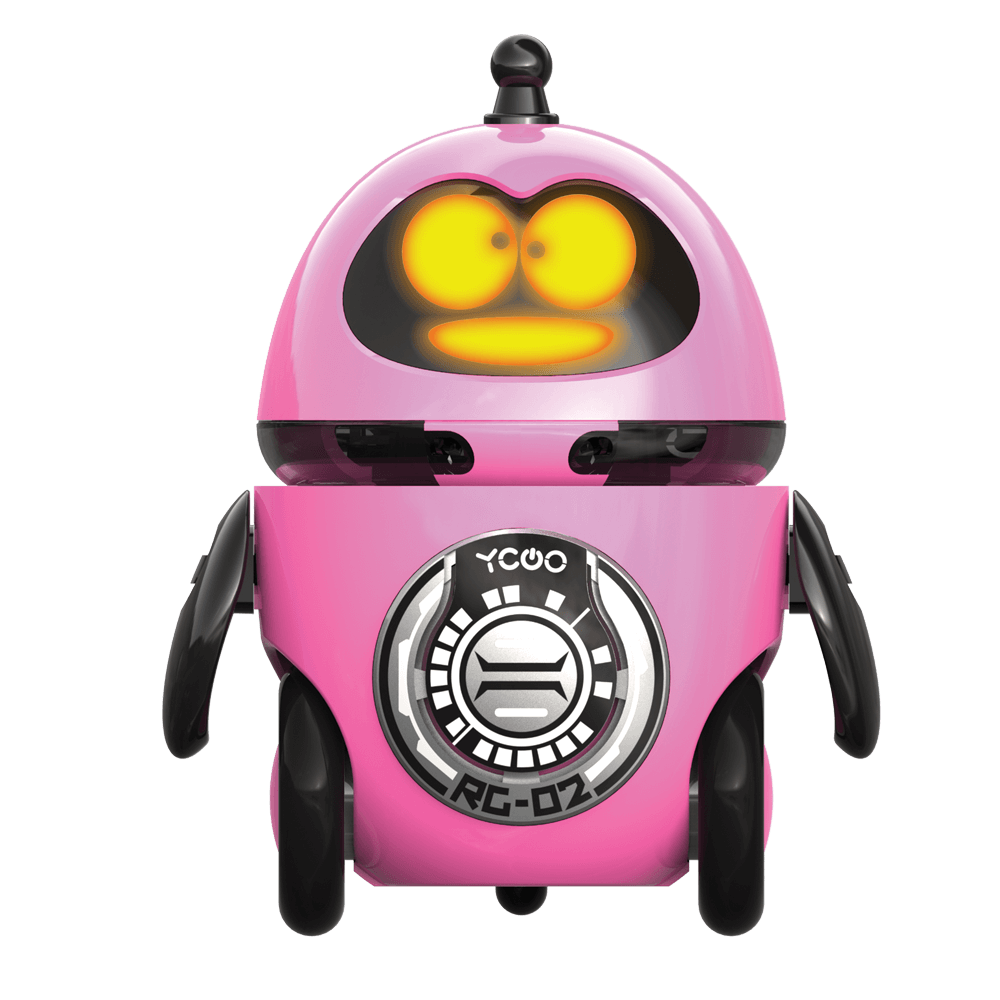

Yet they can move through water seamlessly. In other words, they can go weeks without eating. Researchers tested many of these xenobots in the lab and found that they can survive for weeks at a time without any nutrients.

Their skin cells provide them rigid support. It was programmed using AI, but it acts autonomously. These xenobots are composed of only two things skin cells and heart muscle cells and are just about 1 millimeter (0.01 centimeter) wide. They hope that this new kind of organism-contracting cells and passive cells stuck together-and its eerily advanced behavior can help scientists unlock the mysteries of cellular communication. Well, xenobots were designed on a supercomputer using the stem cells from the embryo of African clawed frogs, Xenopus laevis (and hence the name ‘xenobots’). Writing today in the Proceedings of the National Academy of Sciences, researchers describe how they’ve engineered so-called xenobots (from the species of frog, Xenopus laevis, whence their cells came) with the help of evolutionary algorithms. The resemblance is an illusion: These blobs consist of only two things, skin cells and heart cells from frogs. The co-leader Michael Levin who directs the Center for Regenerative. Reportedly, the new xenobots were designed on a supercomputer at UVMand then assembled and tested by biologists at Tufts University. It’s a new class of artifact: a living, programmable organism.

Their behavior is reminiscent of a microscopic flatworm in pursuit of its prey, or even a tiny animal called a water bear-a creature complex enough in its bodily makeup to manage sophisticated behaviors. Xenobots are neither a traditional robot nor a known species of animal. Flick any blob onto its back and it’ll lie there like a flipped-over turtle. Drop cellular debris onto the plain and the blobs will herd them into piles. Under the watchful eye of a microscope, busy little blobs scoot around in a field of liquid-moving forward, turning around, sometimes spinning in circles.


 0 kommentar(er)
0 kommentar(er)
